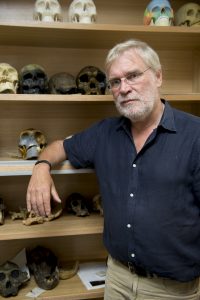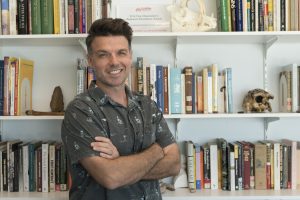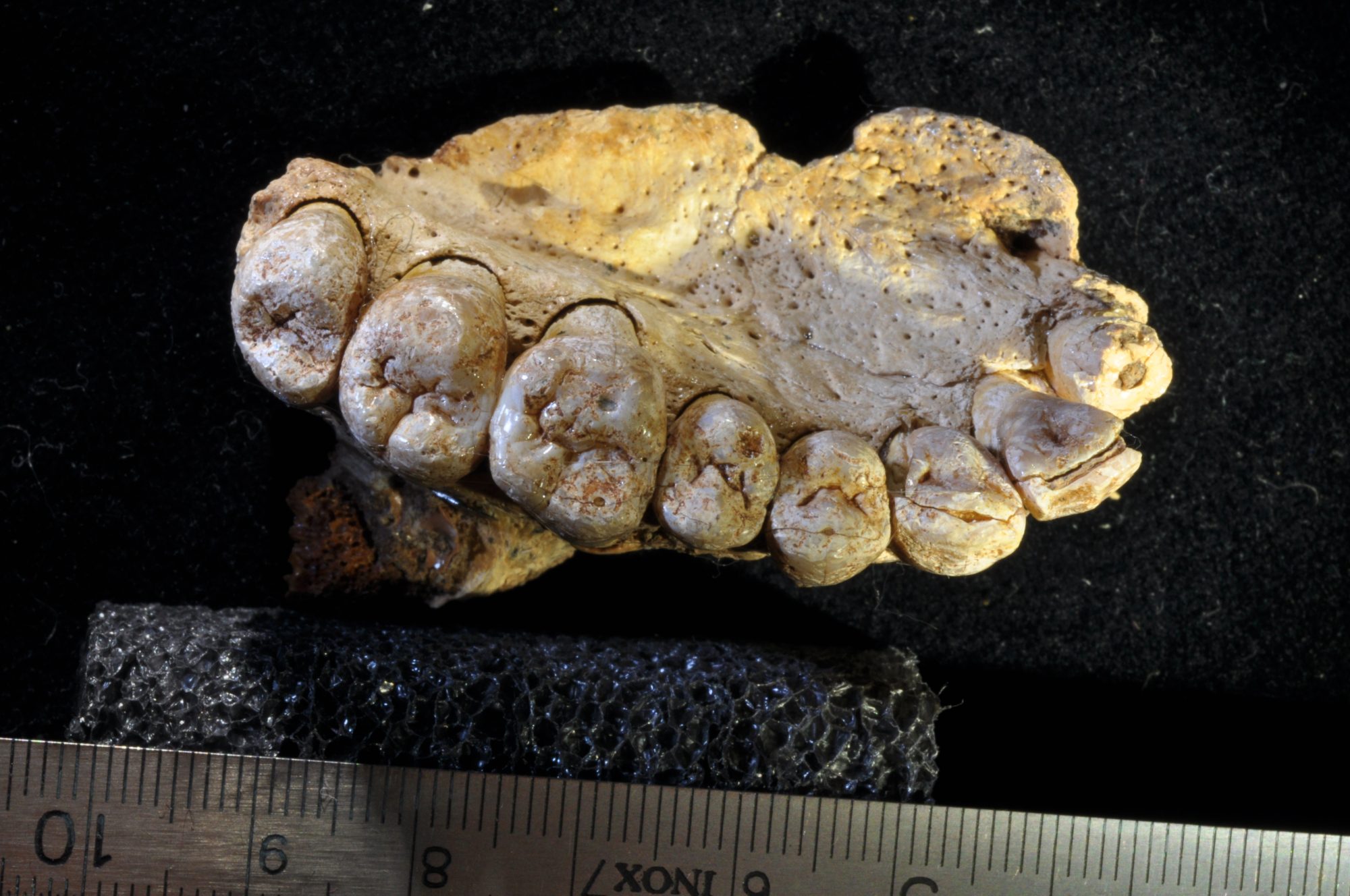If the human race had run differently, modern man might have descended from Neanderthals, or some other species of ancient hominin.
Instead, Homo sapiens won world domination, and researchers from Griffith University’s Australian Research Centre for Human Evolution (ARCHE) are at the forefront of re-tracing that ancient ‘race’ to ultimate victory.
Griffith University’s signature event at World Science Festival, The Longest Walk — winning the human race (23 March), will take the audience way back in time, presenting evolutionary evidence for how and when our species evolved out of Africa and spread into the rest of the world, including our region.
From recent fossil finds, to the revision of fossil records made possible by the most modern, non-destructive dating techniques and DNA sequencing, human history is being rewritten, with the Asia-Pacific region coming more sharply into focus as part of the prehistoric story.
According to ARCHE Director, Professor Rainer Grün, who’ll be joined for the panel discussion by archaeologist, Associate Professor Adam Brumm, modern humans only had to stumble out of Africa into the Levant region, centred around what is now Israel, Lebanon, Jordan and Western Syria.
“Previous finds out of Africa, in the Levantine corridor and China, dated the first modern humans to around 100,000 years but now we can show through our dating analysis that Homo sapiens left Africa as far back as around 180,000-190,000 years ago,” Professor Grün said.
“This indicates a longer period of overlap of co-existence in the Levant, of Homo sapiens with the Neanderthals who expanded south from their European base, and there’s no doubt they would have interbred. “
DrMathieuDuval and ProfessorGrün were able to conduct a range of dating methods on the fossil, of a piece of maxilla, found in Misliya Cave in Israel as part of the team that revised back the earliest date of modern humans out of Africa.
Professor Grün was also among an international research team that dated fossils discovered at the archaeological site of Jebel Irhoud, Morocco, with their ground-breaking finds reported on the front cover of Naturelast year.

What makes their dating techniques, using uranium-series and Electron Spin Resonance methods so valuable, is that they are able to minimise damage to the precious fossils.
“We laser select a sample only a quarter of a millimetre across and 1mm deep, so we can directly date these fossils with negligible harm,” he said.
Associate Professor Adam Brumm has been active in Southeast Asia, in particular the Indonesian islands of Sulawesi and Flores, unearthing a trove of finds related to humanity’s ancient heritage and the evolutionary history of ‘Ice Age’ people.
“There may have been a period of overlap in Southeast Asia between Homo sapiens and earlier, now extinct human species, such as the ‘Hobbit’ of Flores — we don’t have direct evidence, but the possibility is exciting, as is the wider archaeological evidence from more recent time periods that modern humans in this region were more culturally advanced than previous studies have suggested,” Associate Professor Brumm said.

Moderated by well-known science communicator, palaeontologist and former ABC Catalyst presenter Paul Willis, the panel discussion may not definitively decide who ‘won’ the race out of Africa, but it will spotlight the global significance of studying ancient peoples in our region.
“In first year archaeology during my undergraduate days, all that we knew about our own origins had been dug up out of the earth, “said Associate Professor Paul Willis.
“Now, just three decades later, we can learn more about our origins by turning inside and looking at our own DNA. There, fossilised in our personal ribbon of life, there are ancestral species that we never knew existed. That I, and you, carry that ancestral record in every single cell of our bodies must be one of the greatest and most extraordinary realisations brought to us by science.”
ARCHE is part of Griffith University’s Environmental Futures Research Institute and boasts a diverse team of research experts, including rock art specialist and Australian Research Council (ARC) Laureate Fellow Professor Paul Taçon and four ARC Future Fellows.
